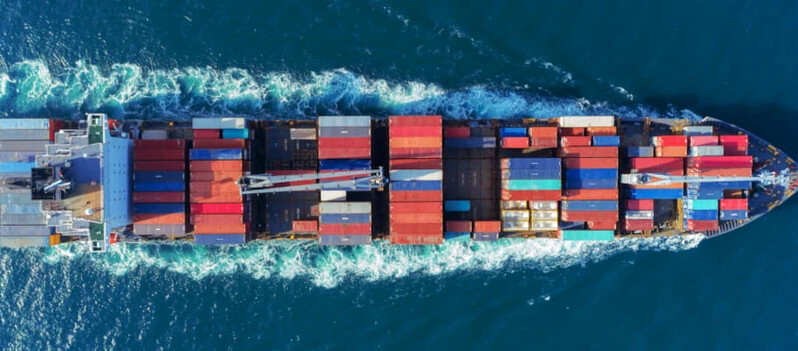Key Facts of the Gartner Report
Constant adjustments will dominate the future of supply chain management. Digital technologies will play a key role in this process. They are important levers for competitive benefits. This is the core finding in the latest Gartner Report. Gartner is a US-based consulting firm that specialises in market research and IT sector analyses.
The authors are deducing eight key trends from their work that will likely keep supply chain managers increasingly busy over the next five years. Gartner recommends the respective alignment of supply chains and their organisation.
There are eight supply chain trends leading up to 2023
Trend 1: Hyper automation
Hyper automation refers to what could be called a framework for digital technologies. As a framework it connects and fosters cooperation. This pertains, for instance to the linkage of older, historically grown IT platforms (legacy platforms) with modern tools. Thanks to capabilities such as machine learning, it is possible to automate complex processes in the supply chain. To that end, this technology goes beyond solutions such as Robotic Process Automation (RPA).
Trend 2: Digital Supply Chain Twin (DSCT)
This defines a digital copy of a physical supply chain. It is derived from all relevant data long the supply chain and its operational environment. The result is a detailed simulation model of an actual supply chain. As a result, the analysts are in a position to understand the patterns of a supply chain, to predict situations that deviate from the norm and develop a plan of action. Christian Titze, Vice President Analyst at Gartner Supply Chain Practice observes: “DSCTs foster a growing merger of the digital and physical world.” Moreover, they support supply chain management with important strategic considerations. However, accordingly, this promising technology is still in a fledgling state.
Trend 3: Continuous Intelligence (CI)
Continuous Intelligence is a tool that makes it possible to analyse all types of data in real time. The process combines data and analyses with transactions and utilises technologies, such as expanded analysis and machine learning to reduce the involvement of humans in systems such as supply chains. With this tool, companies can provide digital applications and services more quickly as well as protect themselves from security threats and adapt their business processes in real time.
Present your company on our platform!
The advantages:
- International audience and visibility
- Set-up in 5 minutes
- Numerous options and services through individual content
Trend 4: Supply Chain Governance (SCG)
Supply Chain Governance is a system composed of rules, structures and institutions that navigates supply chains through policies and guidelines, controls them and aims at achieving greater efficiency. It helps identify (global) risk incidents and security breaches in companies on both, the digital and the physical level. Gartner anticipates a wave of new solutions, in particular in the fields of data privacy and cyber as well as data security.
Trend 5: Edge Computing
The Internet of Things (IoT) is constantly gaining importance. To that end, Edge Computing and Analytics ensure that IoT data is processed as well as analysed with minimal latency and in an automated manner. Edge Computing is just now being implemented in the manufacturing industry. Some enterprises, for instance, are already using driverless forklifts in their warehouses. Sellers of heavy machinery can analyse when a part will have to be worked on or replaced with the assistance of Edge Computing.
Trend 6: Artificial Intelligence (AI)
"AI or Artificial Intelligence is already inherent in many solutions and is continuously developing more skills”, according to Titze. In logistics, this technology can handle planning jobs, optimise warehouse capacities and better link and control networks of stakeholders in supply chains.
Trend 7: 5G Networks
In comparison to its predecessors, communications standard 5G has made a giant step forward in regard to data speeds and processing capabilities. The omnipresence of 5G increases the potential for supply chains. For instance, the execution of a 5G network inside a plan can minimise the latency as well as improve real time visibility and IoT functions.
Trend 8: Immersive Experience
Immersive Experience Technologies, such as virtual expanded and blended reality (e.g. Augmented Reality) can have a radical impact on the development of supply chain management. These new interaction models expand human skills. "Companies are already seeing the advantages in application scenarios, such as the integration of new plant workers through training on the job site in a secure, realistic virtual settings," says Titze.


